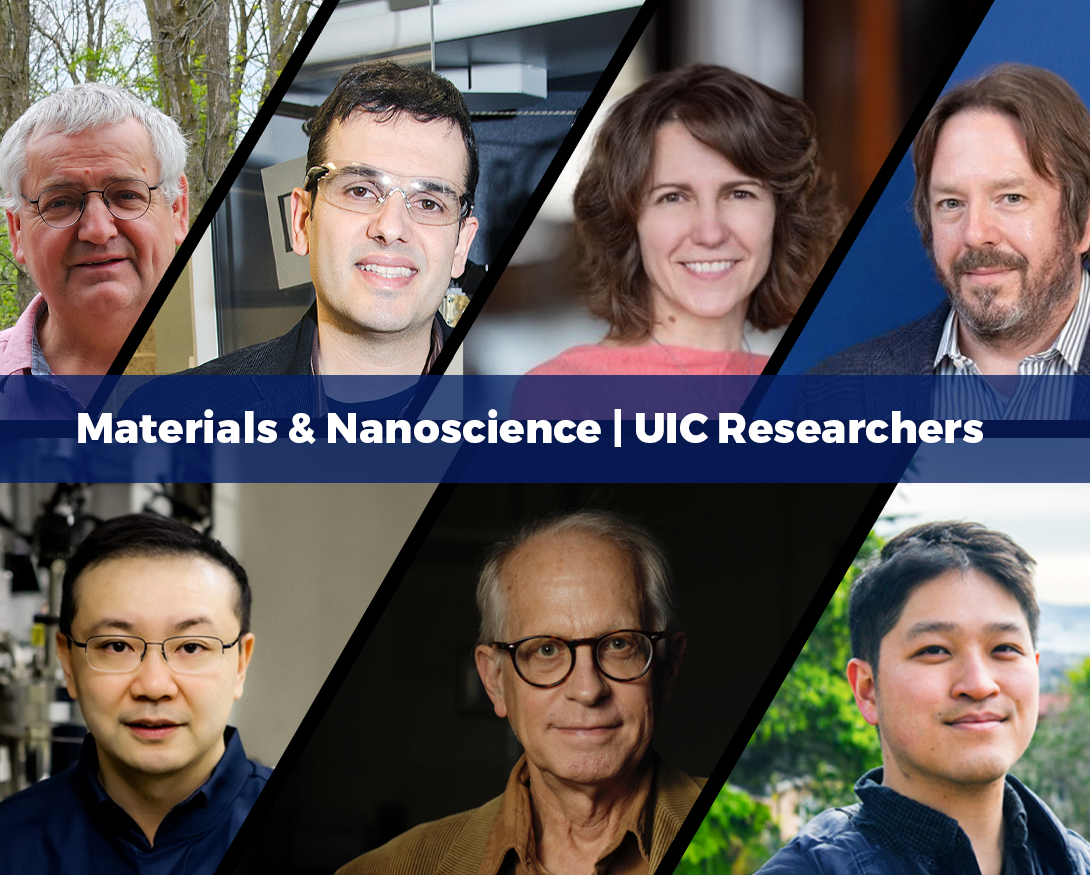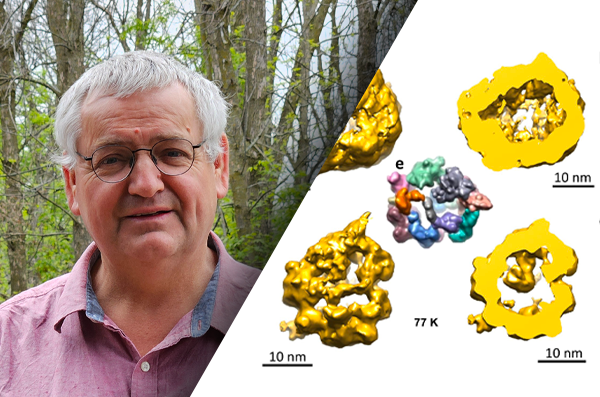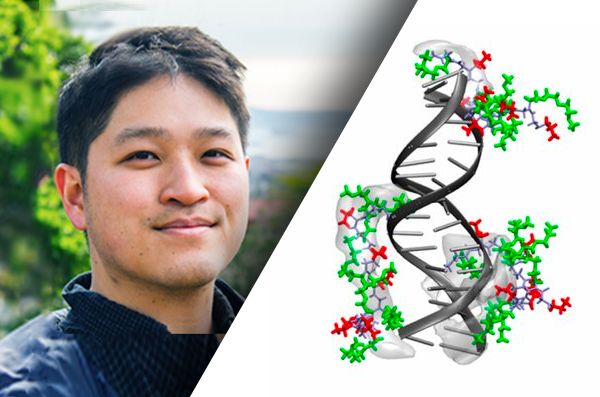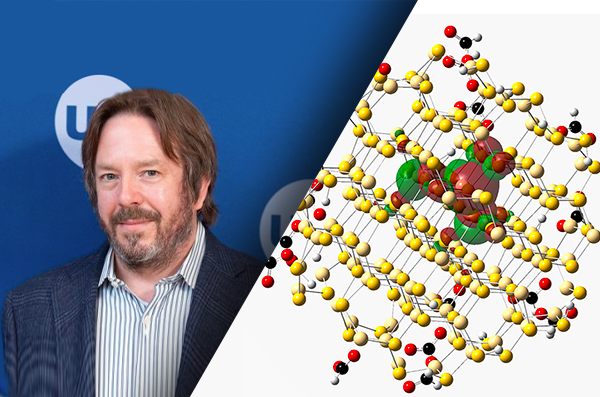Materials & Nanoscience
Materials and Nanoscience is a multidisciplinary field where researchers explore the properties and behaviors of materials, especially under extreme conditions such as high pressures. Investigations involve experiments and computational theory to understand the chemistry and physics of materials, leading to discoveries like room-temperature superconductivity and the synthesis of novel topological, magnetic, and superhard materials. Additionally, groups focus on applying nanotechnology to design structures at the nanoscale, studying fundamental science and applications in areas such as charge transfer and electron localization, and manipulating energy transfer processes in semiconductor nanocrystals for potential applications in imaging and bandgap engineering.
Hidden materials and nanoscience Heading link

hidden Heading link
Jordi Cabana

– generally interested in the physical and inorganic chemistry of materials.
– combines approaches from classical solid state chemistry with nanoscience and molecular chemistry, with the goal of contributing to a unified field.
– current focus is on electrochemical energy technologies, critical to a green economy based on renewable sources.
- Topic 1: Definition of chemical pathways of electrochemical reactions with solids, at scales spanning from atoms to micrometers, and from bulk to interfaces. Heavy reliance on analytical development of synchrotron imaging methodologies.
- Topic 2: Exploration of materials suitable for transport of single and multivalent ions. We aim to establish the design rules that govern ion intercalation into solid electrodes to guide the discovery of new functional materials.
- Topic 3: Mechanistic understanding of transition metal solids with electrocatalytic properties that enable decarbonization technologies. We combine electroanalysis with X-ray spectroscopy and scattering to establish relationships between material evolution and electrocatalytic activity, selectivity and stability.
Ksenija Glusac

- green energy, photochemistry, integrated CO2 capture and conversion, electrochemistry, molecular redox shuttles, ultrafast laser spectroscopy, spectroelectrochemistry.
Russell Hemley

- Behavior of molecules and materials in extreme conditions, particularly high pressures.
- Creation of new materials, including energy materials, using extreme conditions techniques.
- Creation of materials with ‘extreme properties’ such as:
- very high-temperature superconductors, novel high-temperature quantum materials, highly energetic materials, and superhard materials.
- Development of new high-pressure methods, including those based on diamond anvil cells.
- Synchrotron x-ray and infrared techniques applied to materials in extreme conditions.
- Planetary materials, especially those comprising planetary interiors.
Nan Jiang

Goals: Probing chemistry of surface-supported nanostructure at the angstrom-scale; Determining the mechanism of chemical bond formation under various local environments; Investigating the interface of 2D materials and heterostructures at the atomic scale.
Methods: Scanning probe-based nanoimaging and nanospectroscopy
Petr Král

- – Modeling of coarsed materials
- – Modeling of nanomedicines
- – Modeling of nanofluidics
- – Modeling of energy-related systems
- – First principle methods
- – Molecular dynamics simulations
- – Mean-field and analytical methods
Andy Nguyen

- We are inspired by proteins and enzymes, and aim to translate their features into synthetic materials. Achieving such a goal would have major impacts in catalyst design and improving the efficiency of important separation processes.
- To do this, we are targeting porous materials that are built from bioinspired building blocks and can evolve in complexity.
- Our group has pioneered the design of synthetic peptides as building blocks for porous materials. We integrate de novo peptide design, inorganic & organic chemistry to synthesize novel biomimetic materials for catalysis and separations.
Preston Snee

- Synthesis of new semiconductor nanomaterials.
- Photophysical properties of nanomaterails.
- Nanomaterials as imaging agents.
- Nanomaterials for catalysis.